goovaerl92
Active Member
- Joined
- Sep 21, 2013
- Messages
- 37
- Reaction score
- 1
My Room mate and I decided to experiment with a partial sour mash Belgian Style Dubbel...This will be our first attempt at a sour mash and I just wanted to document what I was doing for others to see how we did it and learn from our mistakes. In all my research, I realized that there is a severe lack of clear information on this technique.
1.Mash in 1lb of pale malt with 1 gallon water at 150 F for 60 mins in small cooler.
2.Cool mash down to around 110 F using ice cubes, (made with filtered water if possible to cut down on contamination risks) constant stirring, and an ice bath (not that helpful because the cooler was too well insulated).
3.Pitch 1 handful (approx. half a cup) of un-mashed pale malt into the cooler.
4.Place plastic wrap directly on to the surface of the liquid mash, making sure to get as many air bubbles out as possible. Try to seal the sides of the plastic warp to the sides of the cooler as best you can.
5.Insert a fermentation belt around the inside of the cooler, or place the cooler on top of a fermentation mat or heating pad. You just need to be able to keep the mash between 85-110 F for up to three days.
6.You can let the mash sour for as long as you want really, but I think 48 hours should be fine for our first try using this method.
7.On brew day, mash in using the rest of the grains as you normally would. Add the sour mash to the mash tun and proceed to sprage.
8.Some sources say to boild the wort for only 15 mins just to add a few hops and to sanitize, but I think that doing a 60 minute boil will help to bring down any off flavors and to limit DMS.
9.Many people also say to ferment with a neutral yeast strain, such as Callifornia V or any Americna Ale strain. That may work for some beers, but I want my dubbel to have the proper Belgian character so I decided to go for WLP500. I'll keep posting and report how it turns out.
So there you have it, my rendition of a sour mash. If anyone has any tips or tricks they would like to share that would be great..I'm always looking for more information!
Cheers!
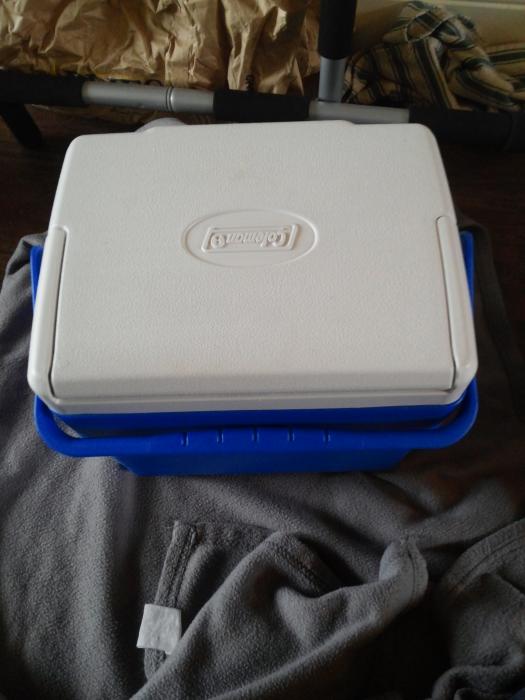
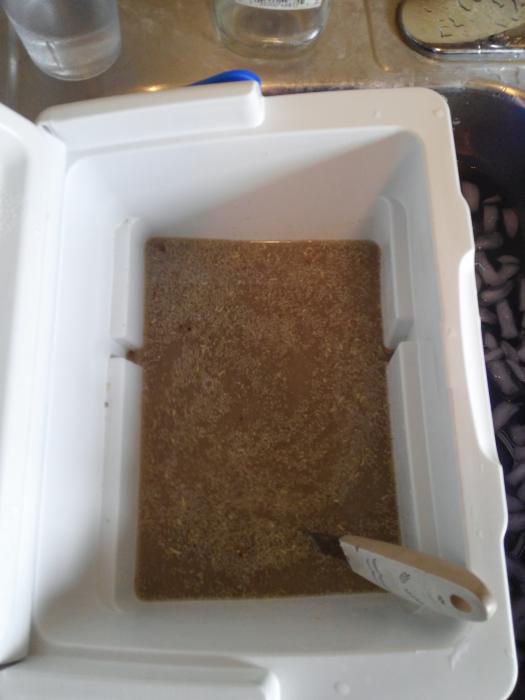
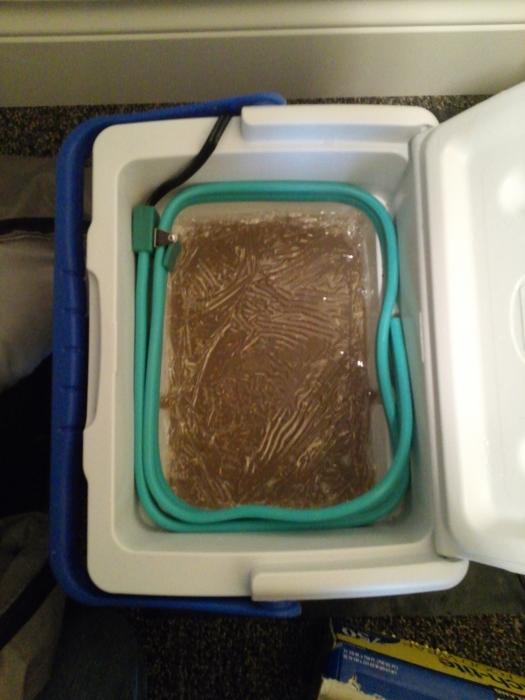
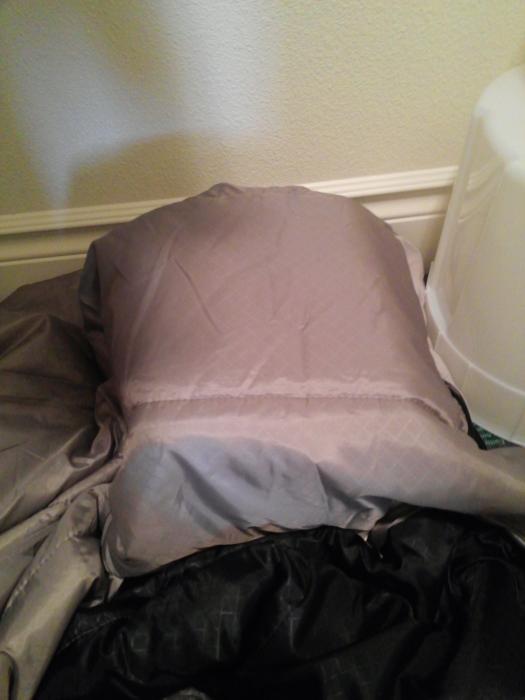
1.Mash in 1lb of pale malt with 1 gallon water at 150 F for 60 mins in small cooler.
2.Cool mash down to around 110 F using ice cubes, (made with filtered water if possible to cut down on contamination risks) constant stirring, and an ice bath (not that helpful because the cooler was too well insulated).
3.Pitch 1 handful (approx. half a cup) of un-mashed pale malt into the cooler.
4.Place plastic wrap directly on to the surface of the liquid mash, making sure to get as many air bubbles out as possible. Try to seal the sides of the plastic warp to the sides of the cooler as best you can.
5.Insert a fermentation belt around the inside of the cooler, or place the cooler on top of a fermentation mat or heating pad. You just need to be able to keep the mash between 85-110 F for up to three days.
6.You can let the mash sour for as long as you want really, but I think 48 hours should be fine for our first try using this method.
7.On brew day, mash in using the rest of the grains as you normally would. Add the sour mash to the mash tun and proceed to sprage.
8.Some sources say to boild the wort for only 15 mins just to add a few hops and to sanitize, but I think that doing a 60 minute boil will help to bring down any off flavors and to limit DMS.
9.Many people also say to ferment with a neutral yeast strain, such as Callifornia V or any Americna Ale strain. That may work for some beers, but I want my dubbel to have the proper Belgian character so I decided to go for WLP500. I'll keep posting and report how it turns out.
So there you have it, my rendition of a sour mash. If anyone has any tips or tricks they would like to share that would be great..I'm always looking for more information!
Cheers!






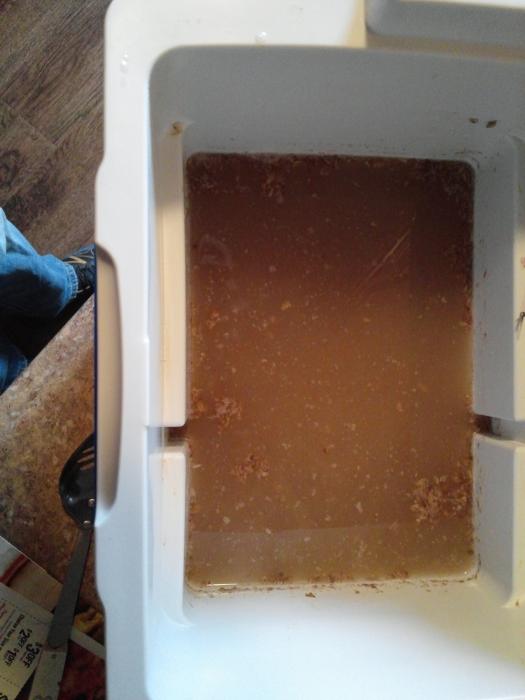






































![Craft A Brew - Safale BE-256 Yeast - Fermentis - Belgian Ale Dry Yeast - For Belgian & Strong Ales - Ingredients for Home Brewing - Beer Making Supplies - [3 Pack]](https://m.media-amazon.com/images/I/51bcKEwQmWL._SL500_.jpg)
















